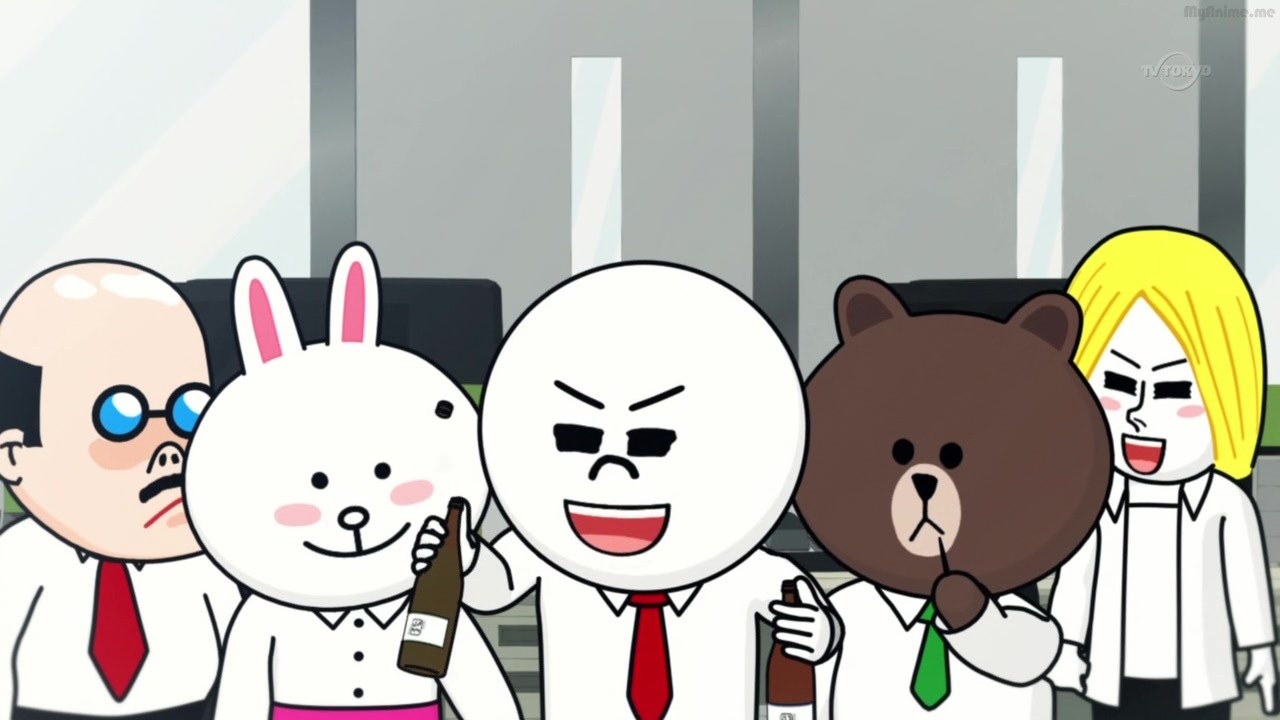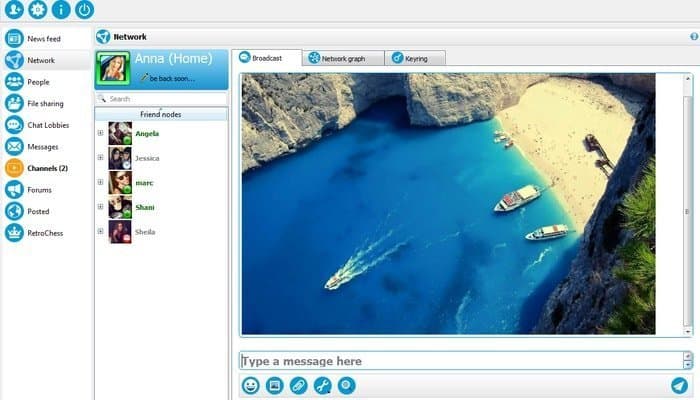

It detects whether the login keys have been verified and upon failing, reroutes to the login page using the onSuccess() callback. The main.js file contains mithril’s m.route, that defines the routing table and allows all navigation on the app. It is important to have unique names for all files. This causes issues when accessing files having same names, which is why tab name supersedes the file name. This is not just for convention, our require polyfill does not yet have the concept of directory structure, any file present in any directory and may be imported by using only it’s name. Note how the file names consist of their respective tab names too.
The entry point of all tabs happens in the resolver file, which also defines the layout of that tab. All tabs have their own route resolver that takes in the route parameters and resolves them to return the correct views for rendering. Aside from separating data and views as objects and components, it makes intuitive use of Mithril components and routing concepts.Įach folder contains the views and models for a single tab. I have tried to implement a structure loosely based on the MVC design pattern.

The source files are all in webui-src/app.
#Retroshare friends offline code
Now that we know how require() and module.exports work, we can look into how the source code functions: app/ The module.exports object is the only data that can be accessed outside of the module. To make a module’s components public, we have to refer them in the module.exports object, and we can use them inside other modules by importing them using the require() method. js source files and store them using objects in such a way that they are isolated from each other, and then enable interaction between them through exporting objects. What this essentially does is, take all the. It can be thought of as a kind of polyfill for require. This file is used to create an entry point for the JavaScript files. You may have noticed another file in make-src called template.js. css files together, JavaScript however doesn’t work that way: Since CSS is simply a set of rules without any structure, the output file can be built simply by appending all the source. Static files are the ones that do not require any modification in order to be used, like the HTML, font files, some CSS styles, and so on.Īnother important aspect of the build process is how it compiles all the JavaScript files into a single file. The build scripts also copy all the static files, from webui-src/assets over to the destination directory, maintaining their directory hierarchy. The build scripts in webui-src/make-src (most notably build.sh) iterate over all files from the source directory( webui-src/app), copying files into their respective destinations.Īll JavaScript files are compiled into app.js and CSS files into app.css, these compiled files are put into the destination directory which is webui. If you look at the source code, you can see that it is built using qmake, the config file webui.pro executes build scripts in webui-src/make-src. Made using JavaScript, and the only external library being used is Mithril, which is a very fast and lightweight framework for building single page web applications. The web interface itself works in a pretty straightforward manner, making use of modern browsers to act as a front end for the Retroshare platform and it’s services.

This is made possible through the JSON API provided by Retroshare, which allows everyone to utilize the power of Retroshare’s technology to create their own services, interfaces, or even build apps on top of Retroshare. In other words, an alternative to the Qt-based interface of the client app. The purpose is very simple A web-app that can be used to manage your Retroshare node, interact with friend nodes, and make use of Retroshare’s features.


 0 kommentar(er)
0 kommentar(er)
